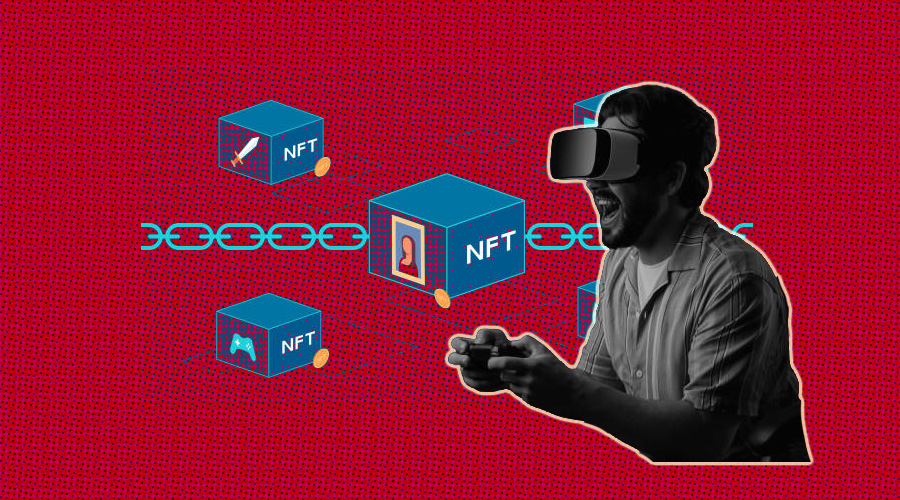In recent years, we have seen the rise of NFTs (Non-Fungible Tokens) and blockchain technology. This has brought about a revolution in the way we view ownership, digital assets, and the gaming industry. With the integration of NFTs and blockchain technology, we are seeing the emergence of new types of games that are redefining social interactions and community building.
What are NFTs and Blockchain Games?
NFTs are digital assets that are unique and cannot be replicated. They are stored on a blockchain, which is a decentralized ledger that records all transactions. These assets can be anything from artwork, collectables, and even in-game items.
Blockchain games are games that are built on a blockchain. This means that all the transactions within the game are recorded on the blockchain, making them transparent and secure. Using blockchain technology in gaming allows for new levels of ownership and control for players.
Impact on Social Interactions
NFTs and blockchain games are changing the way we interact with each other in online communities. One of the most significant impacts is the ability to build a sense of ownership and investment in the game. Players are no longer just playing the game but investing in it. This creates a sense of community and loyalty not found in traditional gaming.
Another impact is the ability to monetize social interactions. In traditional gaming, social interactions are often limited to in-game chat or forums. However, with blockchain games, social interactions can be monetized through NFTs. For example, players can sell their in-game assets or create custom content that other players can purchase.
Impact on Community Building
NFTs and blockchain games are also changing the way we build communities. In traditional gaming, communities are often built around the game itself. However, with blockchain games, communities are being built around ownership and investment in the game. This creates a new level of community building not found in traditional gaming.
Furthermore, using NFTs in blockchain games allows for more opportunities for community involvement. Players can create and sell their own assets, which allows for greater creativity and investment in the game. This creates a sense of ownership and investment in the game not found in traditional gaming.
Examples of NFTs and Blockchain Games
One of the most popular NFT and blockchain games is Axie Infinity. Axie Infinity is a game that allows players to collect, breed, and battle creatures called Axies. These Axies are NFTs that can be bought, sold, and traded on the blockchain. The game has become incredibly popular, with players investing thousands of dollars in their Axes.
Another example is Decentraland, a virtual world built on the blockchain. In Decentraland, players can buy virtual land and build their own experiences. These experiences can be anything from games to art galleries. Using NFTs allows for monetising these experiences, creating a new level of ownership and investment in the game.
Conclusion
NFTs and blockchain games are changing how we view ownership, digital assets, and the gaming industry. Integrating NFTs and blockchain technology creates new types of games that are redefining social interactions and community building. Players are no longer just playing the game but investing in it. This creates a sense of community and loyalty not found in traditional gaming. As NFT and blockchain technology develops, we expect to see even more innovative games and communities emerge.

